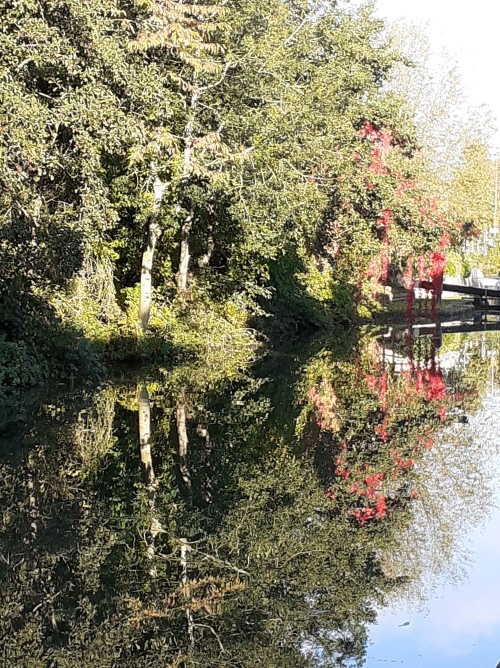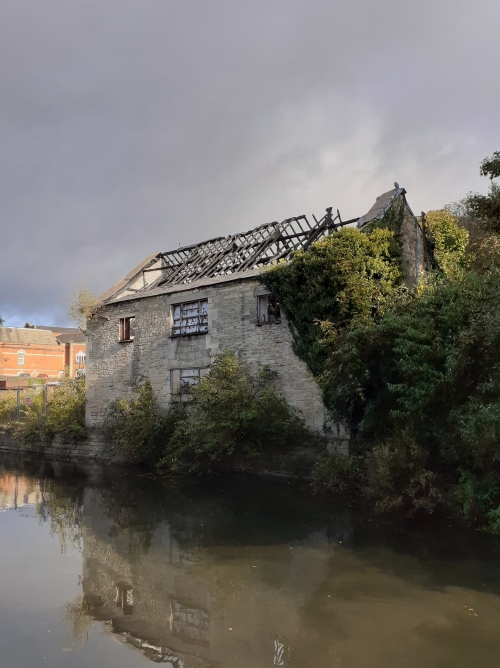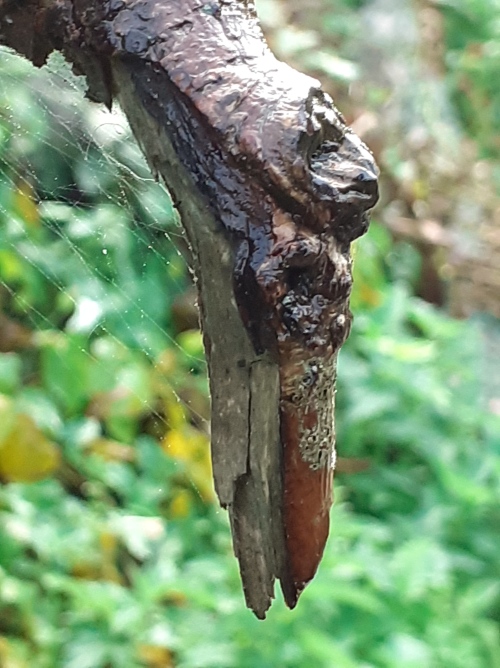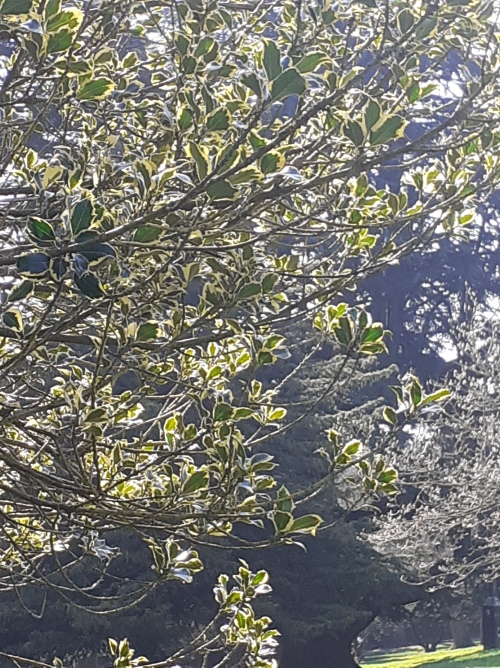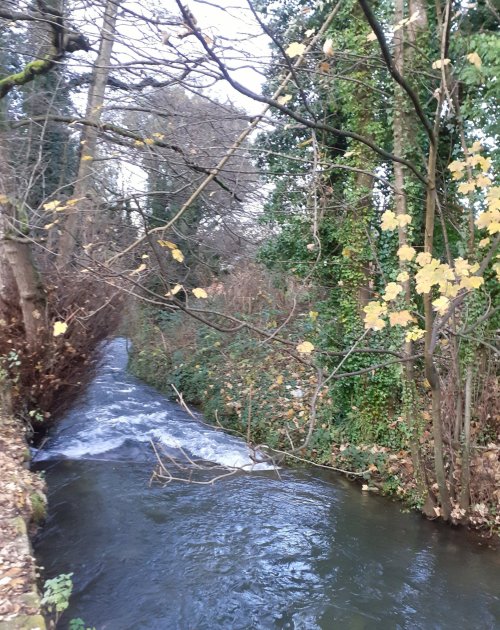This post summarises where I stand philosophically at this stage of my inquiry, and how my stance affects my practice. When investigating the Direct Path (1) I realised that one possible destination might be radical scepticism about everything. Awakening to Awareness as ultimate ground of being is not the inevitable end point. The only Direct Path teacher who publicly discusses this is Greg Goode (2), who says: “Over the years, I had studied many philosophies and paths. I was aware of a variety of vocabularies. And now, unless I was explicitly playing the role of a direct path participant, none of these vocabularies seemed preferable in terms of truth or accuracy. When I was left to myself, experience didn’t show up as anything at all. There was nothing strictly true or strictly false to say about it”.
Goode reports a sense of confirmation on reading a privately circulated document attributed to Shri Atamananda Krishna Menon, founder of the Direct Path. According to Greg Goode, the gist is “that we can’t say anything at all … everything is paradoxical. We can’t even say that it’s consciousness or that anything exists! It’s a joyful, effusive case of saying without saying!” It helped Goode to get to his final position of ‘joyful irony’, which I have discussed in an earlier post. (3). His key point is that “the joyful ironist has found loving, open-hearted happiness without dogmatism”. For this to work “the joy and the irony must work together. If you’re joyful without being ironic, you’ll still have attachments to your own views of things. And if you’re ironic without being joyful, you may be bitter, cynical, sarcastic and pessimistic. Heartfelt wisdom includes both sides. Joy adds love to irony. Irony adds clarity to joy.” (2)
This sounds almost postmodern, but in fact echoes an ancient wisdom. Philip Carr-Gomm (4) shows its presence in Jain ethics, grounded in the three principles: ahimsa, aparigraha and anekant. Ahimsa is the doctrine of harmlessness or non-violence. Aparigraha is the doctrine of non-attachment, non-possessiveness or non-acquisition, Anekant is a doctrine of many-sidedness, multiple viewpoints, non-absolutism or non-one-sidedness. The three principles can be seen as completing each other, with non-absolutism as an intellectual aspect of non-violence and non-attachment, and hence a virtue.
Pyrrho of Elis, a Greek philosopher of the fourth century BCE, probably met both Jains and Buddhists, when accompanying Alexander ‘the Great’ to India. Indian influence is certainly evident the school of philosophy he created on his return home. In Greek culture this school was treated as a form of Scepticism, but unlike other Sceptics, Pyrrhonists “neither made truth claims nor denied the possibility of making them. Instead, they cultivated a deeply embedded attitude of suspension of judgement (epoche), allowing possibilities to stand open within the process of continuing inquiry. Such a turning away from the drive for intellectual closure enables peace of mind (ataraxia) in our engagement with the richness and diversity of experience” (5). This teaching seems to combine the Jain view of non-absolutism and the Buddhist view of equanimity and freedom from dukka, (suffering or dis-ease).
As my contemplative inquiry has progressed, I have grown increasingly attracted to the wisdom of this view. I name it as openness, to keep my inquiry process appreciative rather than deconstructive. I have written about it before and this post builds on others. What I notice now is a greater clarity and confidence in this view, reinforcing my stance of At-Homeness in ‘the flowing moment’. Although not perfectly reliable, this At-Homeness is as close as I get to a place of safety. Everything else is uncertain. Everything else can be taken away. I treat ‘flowing moment’ as a simple description of living experience. I find stillness there if I slow down and attend to it. Stillness can be a portal to spontaneous joy and appreciation if I open up and am present to them . It is a good basis for coming back to Earth. From this space I can better connect with other beings, the wider world and the wheel of the year.
(1) A name given to the teachings inspired by Shri Atmananda Krishna Menon (1883 -1959).
(2) Greg Goode After Awareness: The End of the Path Oakland, CA: Non-Duality Press, 2016
(3) https://contemplativeinquiry.wordpress.com/2019/06/11/greg-goode-and-joyful-irony/
(4) Philip Carr-Gomm Seek Teachings Everywhere: Combining Druid Spirituality with Other Traditions Lewes, UK: Oak Tree Press, 2019 (Foreword by Peter Owen Jones)
(5) Arne Naess Scepticism Abingdon: Routledge, 2015 (First published 1968. Scepticism is the last book Arne Naess wrote as an academic philosopher, before going on to devote himself to the development of deep ecology, coining the term ecosophy to describe his stance.)







